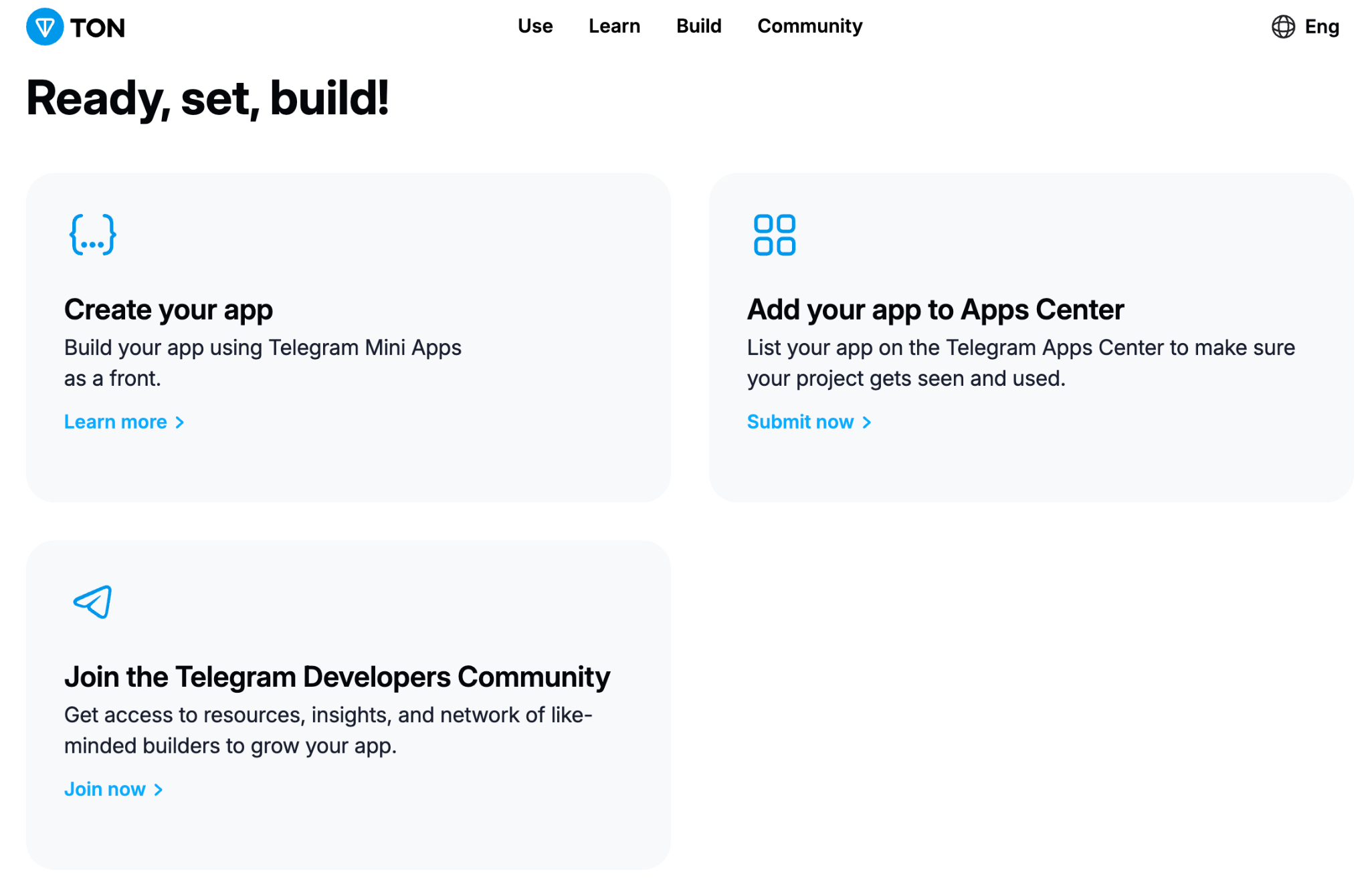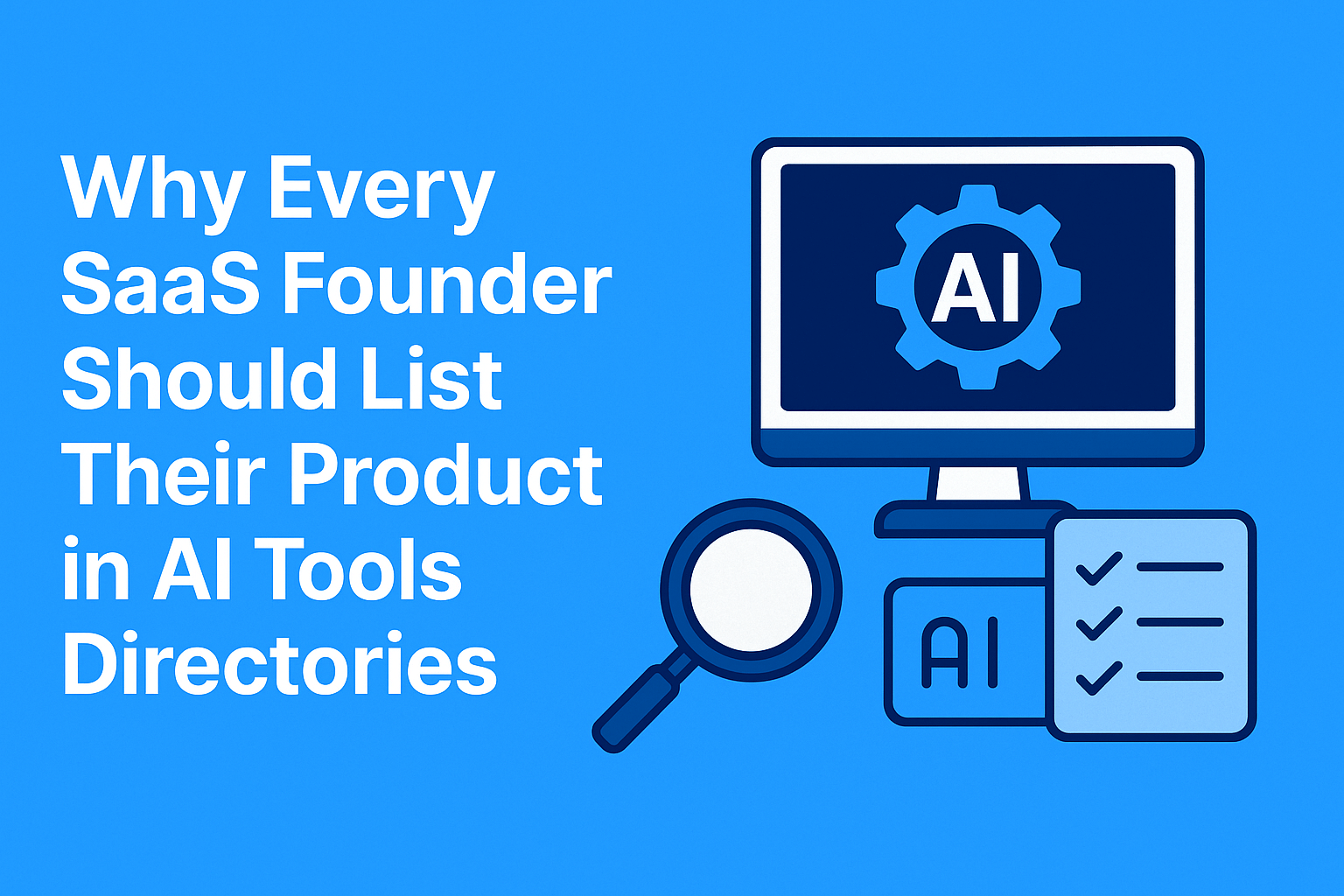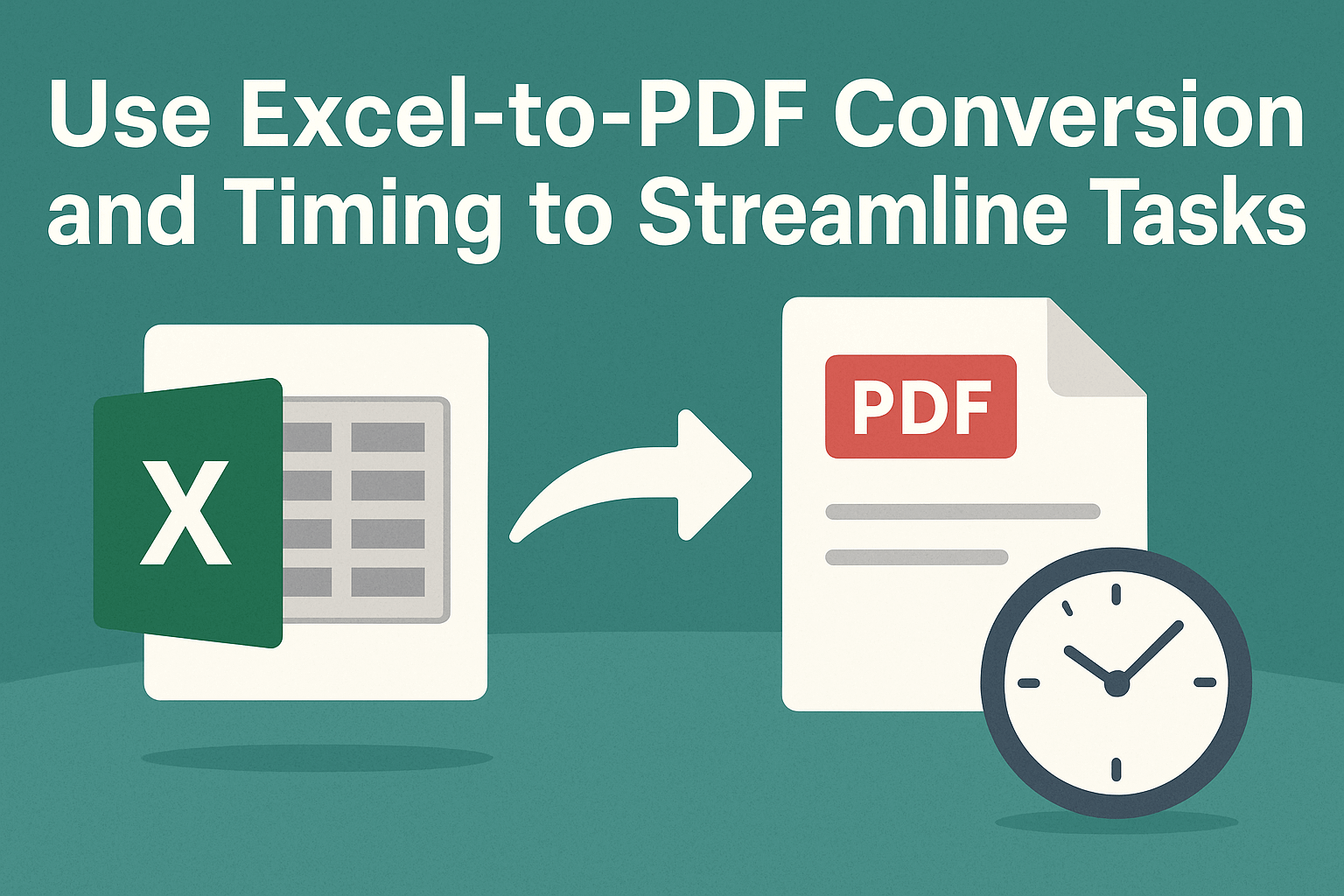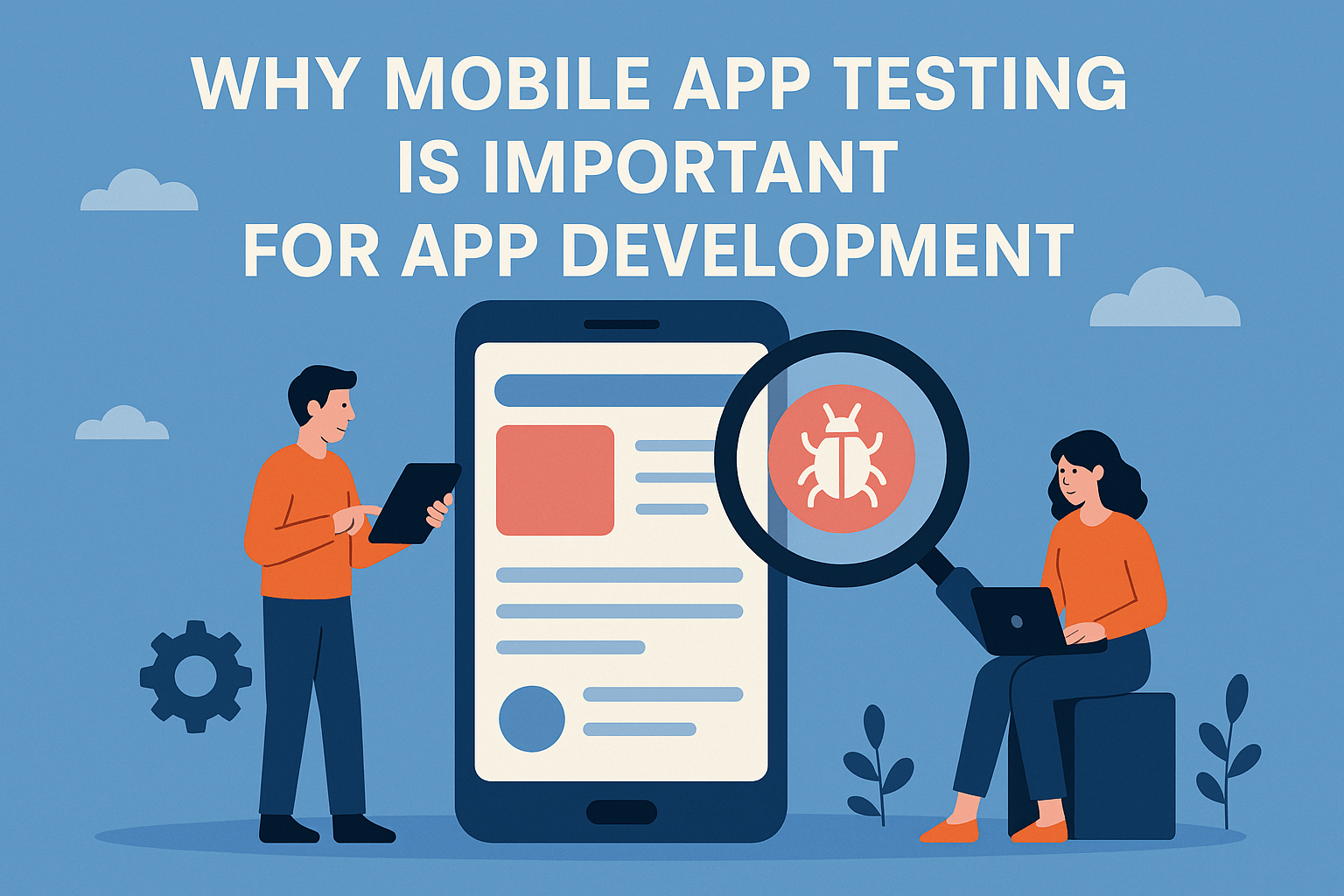Android’s center of gravity is shifting from heavy installs to light, context-aware experiences that live where people already spend time. Mini apps have matured from simple companions into production-grade surfaces that can acquire users, handle payments, and render rich, native-feeling UI on phones with modest storage.
At the same time, decentralization is changing what these experiences can do. When the data and value move with the user rather than staying locked in a single app, a mini app can feel like a full app because it inherits secure identity, payments, and state directly from the user’s wallet or account. That is why the recent momentum around lightweight, embedded experiences is not just about convenience. It is about ownership, portability, and the ability for services to interoperate without the friction of yet another install.
The timing matters. Android’s own history with instant experiences shows how hard it is to bolt “no-install” onto the traditional app store model. The new wave grows inside superapp-style surfaces and trusted chat windows, and it pairs that reach with assets the user already controls. In this model, mini apps become true front ends for on-chain and off-cloud interactions. They can coordinate real money flows, verifiable randomness, and tamper-evident records while staying as light as a web view. That blend, reach plus portable state, is turning mini apps from marketing toys into real products.
Contents
Chat-first mini apps: turning Telegram threads into full mobile experiences
Digital gaming platforms are turning into chat-based experiences that begin right inside Telegram. But how decentralised casinos using Telegram make mini apps feel like full apps? Well, instead of looking for a download or a sign-up page, in this case, a player just opens a chat, taps a link, and is already in a game. This lowers effort and makes a mini app feel like a full casino because the wallet, identity, and money move with the user. In practice, casinos built on Telegram turn a normal chat thread into the lobby, the game table, and the cashier, all connected by small web views that load quickly on any connection.

The TON website makes it clear how easy it is to take an idea from prototype to users on Telegram. It guides builders through a simple three-step path. First, “Create your app” invites you to use Telegram Mini Apps as the front end, so you can ship fast, mobile-first experiences without a heavy install. Next, “Add your app to Apps Center” streamlines publishing by listing your project in a central catalog where users can discover and launch it in a tap. Finally, “Join the Telegram Developers Community” connects you with peers, resources, and best practices to iterate faster and grow. The source of the screenshot: Here
The gameplay itself also changes. Roulette, blackjack, and crash-style games can show up as simple, tap-first screens that work smoothly on phones. Results can be tied to verifiable randomness, so fairness is easy to check without slowing play. Because the game state sits on chain, players can switch between phone and tablet without losing their spot. Group chats double as social lounges where friends compare results, run small tournaments, or share streaks through quick updates. This is the kind of social layer many players now expect from a modern online casino, only it lives where they already spend time.
A mobile casino thrives on quick starts and short play. Telegram fits that flow by sending real-time alerts for wins, streaks, and new events, then dropping the player back into the exact spot of play with one tap. Personal pacing is easy because the mini app can adjust stakes and the interface to match signals the player agrees to share, all without storing private profiles. Updates ship like the web, so games can change week by week with new modes, seasonal art, or local tables without waiting on app store checks.
Payments become simpler too. Instead of putting money into a hosted balance, a player approves moves from a wallet they already trust. Value can move across many digital gambling sites without lock-in, which encourages testing and quicker discovery of new games. For builders, the message is clear. Treat the chat window as your launcher, keep the app light, and let decentralized rails handle money and settlement. The result is a faster, more social, and more portable experience that makes Telegram feel like the natural home for next-generation casino play.
Mini apps, native apps, and the Android moment
User behavior underpins the shift. In 2024 people spent a combined 4.2 trillion hours inside mobile apps, about 3.5 hours per user per day, and global in-app revenue hit 150 billion dollars across iOS and Google Play. That mix of heavy time in apps with lighter download growth signals a preference for convenient, fast-start experiences that still feel rich. Mini apps fit that pattern well.
The platform story is evolving too. Android’s own Instant Apps experiment is being retired in December 2025 after low usage. That closure illustrates a larger point. Lightweight experiences thrive when they sit inside high-frequency surfaces and borrow identity and payments from the user, not when they live as a special case next to the store.
| Delivery model | User journey | Time and spend context | Distribution and discovery | Payments and identity | Update cadence |
|---|---|---|---|---|---|
| Native app | Search store, install, accept permissions, open | Most mobile attention still happens in apps, about 3.5 hours per day | App store search and charts | Typically platform accounts or in-app wallets | Requires store-mediated updates |
| Mini app in a host surface | Tap a link in chat or feed, session starts inside the host | Benefits from high-frequency host usage without a full install | Deep links, QR codes, chat threads, superapp catalogs | Can attach to user-controlled wallets for portable identity and balances | Web-like updates with minimal user action |
| Web-based PWA or TWA | Open link, optional add-to-home | Fast access for one-off tasks | Search and shared links | Web sign-in or wallet connectors | Ship at web speed |
It is worth noting that the removal of a dedicated “instant” channel on Android does not slow this trend. It nudges developers to meet users where they already are, then layer in identity and value through decentralized components.
Why decentralization is the real unlock for mini apps
The strategic arc points to mini apps that borrow distribution from high-frequency hosts and borrow trust from decentralized infrastructure. Analysts see the platform side growing quickly. Gartner states that “A superapp is the front end of a platform into which miniapps can be published for users to activate as needed.” The firm also expects that by 2027 more than half of the global population will use multiple superapps daily. Those predictions reflect how embedded experiences consolidate tasks while staying modular.
Decentralization complements that path. When value and identity are portable, a mini app is free to be small. It does not need to warehouse user data, build proprietary balance ledgers, or recreate on-chain transparency. That keeps the client thin and the trust surface narrow, which is exactly what mobile networks reward. Meanwhile, the broader ecosystem is supplying momentum on the value side. Chainalysis reports that global crypto activity rose from late 2023 into 2024, reaching levels above the 2021 bull market, with strong grassroots usage across multiple income bands. Rising retail use of stablecoins also supports payment-like flows that mini apps can tap, along with many other new integrations in the payments’ systems (Matchpay is one example)
Put together, the pieces are clear. Distribution comes from the surfaces people already open dozens of times per day. Trust comes from keys and contracts the user controls. The mini app sits at the intersection, focused on UX, session speed, and clear consent. That is how “mini” becomes “real.”




